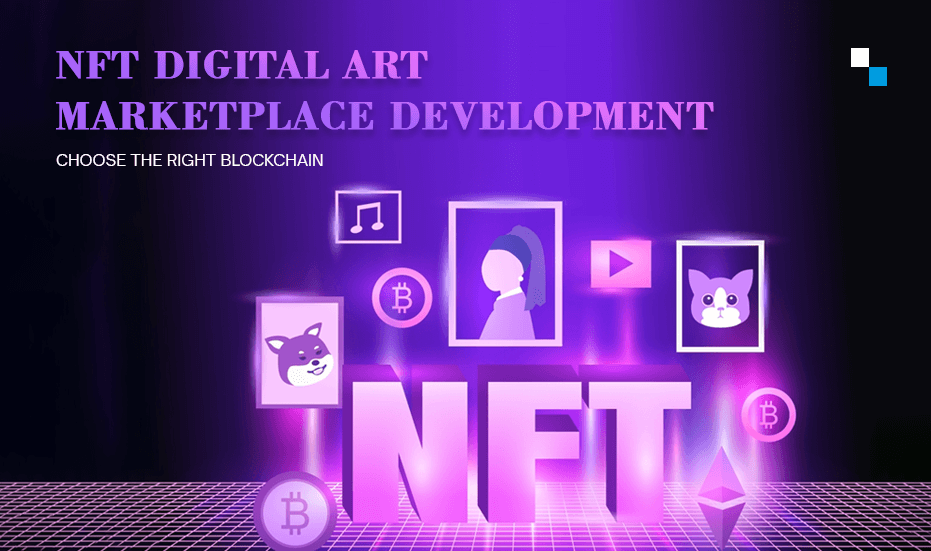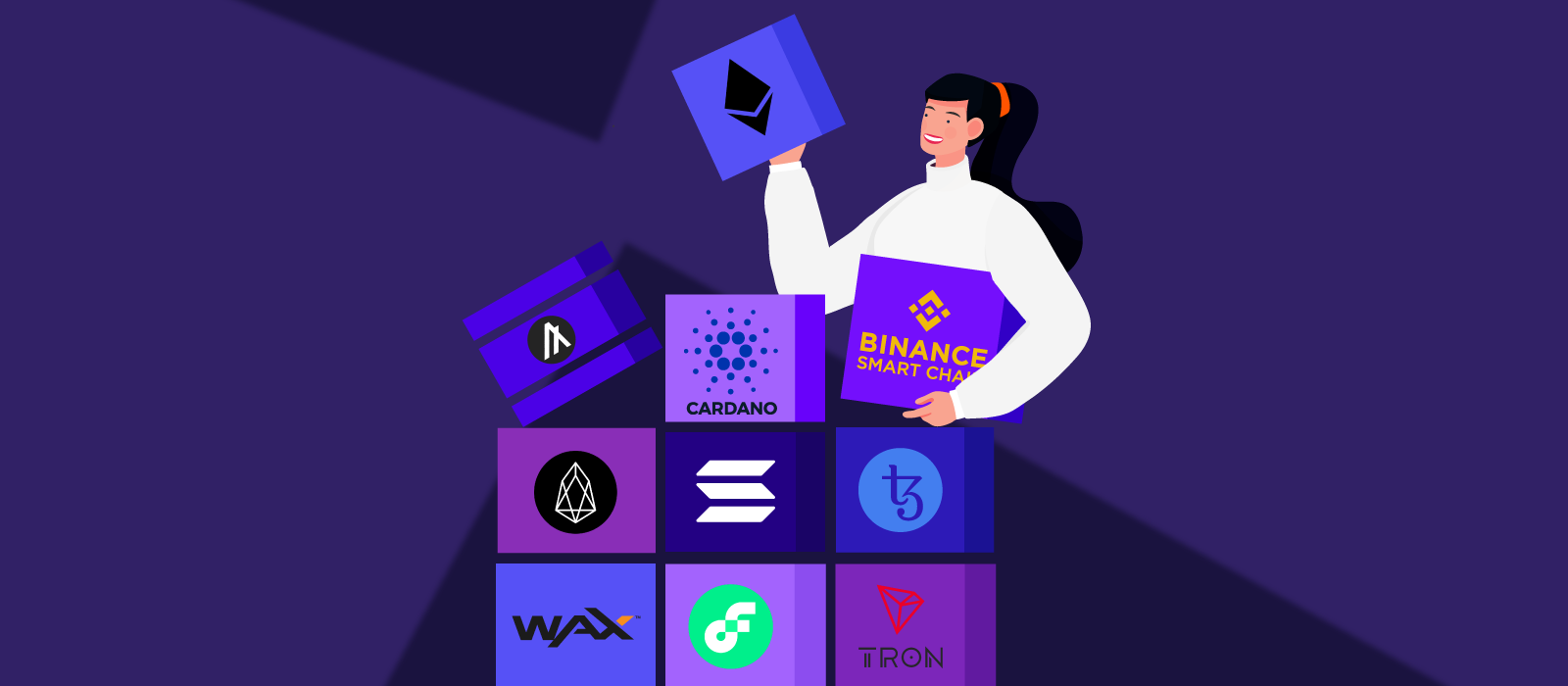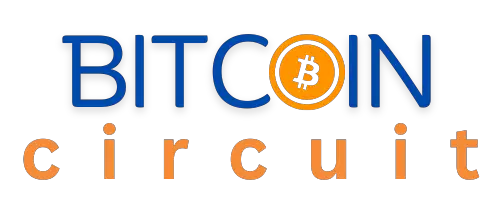The best blockchain for NFT art is Ethereum due to its popularity among NFT artists and collectors. Ethereum’s blockchain records transactions and stores valuable information in individual NFT tokens, making it a preferred choice for the NFT community.
Blockchain technology, specifically Ethereum, has revolutionized the art industry by allowing artists to tokenize their work and sell it as NFTs. With the rise of NFT art gaining traction, selecting the right blockchain is crucial for creators and buyers alike.
Factors such as transaction fees, scalability, security, and developer resources play a significant role in choosing the best blockchain for NFT art. This article will explore why Ethereum stands out as the top choice for NFT art and delve into other blockchain options available for NFT enthusiasts.

Choosing The Right Blockchain For Nft Art
Choosing the right blockchain for NFT (Non-Fungible Token) art is crucial in order to ensure the best possible outcomes for artists and collectors. The majority of NFTs reside on the Ethereum blockchain, which is a distributed public ledger that records transactions. Ethereum is one of the most popular blockchains for NFT artists and collectors due to its decentralized nature and the legal and financial services it offers for transactions without the need for intermediaries. However, there are other blockchains with smart-contract capabilities that can support NFTs as well. When selecting a blockchain for NFT art, it is important to consider factors such as transaction fees, scalability, security, and developer resources. Networks like Solana, Tezos, Ripple, TRON, Monero, and Litecoin also offer options for NFT projects. By carefully evaluating these factors, artists and collectors can make informed decisions about the blockchain that best suits their specific needs.

Ethereum: Leading Blockchain For NFT Art
Ethereum stands out as a leading blockchain platform for NFT art due to its decentralized nature and robust transaction recording. Its smart-contract capabilities provide the necessary legal and financial support for NFT transactions without intermediaries, making it the top choice for NFT artists and collectors.
| Ethereum is the leading blockchain for NFT art due to its decentralization and security features. Artists and collectors prefer Ethereum for its transaction fees and scalability. |
| NFTs on Ethereum provide a decentralized and secure environment for storing valuable information. Ethereum’s blockchain is well-suited for NFT projects based on transaction fees and scalability factors. |
Emerging Alternatives To Ethereum
|
Ethereum is widely regarded as the best blockchain for NFT art due to its decentralized nature. However, emerging alternatives like Solana, Binance Smart Chain, and others are gaining traction in the NFT space. When choosing a blockchain for NFT projects, factors such as transaction fees, scalability, and security must be considered. The Ethereum blockchain remains a popular choice among NFT artists and collectors, but other platforms offer unique capabilities. Ultimately, the best blockchain for NFT art depends on the specific requirements of the project and the desired features. |
Factors To Consider In Choosing A Blockchain
When choosing a blockchain for NFT art, transaction costs are an important factor to consider. High transaction fees can significantly impact the profitability of buying and selling NFTs. Therefore, it’s essential to choose a blockchain that offers low transaction costs to ensure that artists and collectors can transact efficiently and cost-effectively.
Another crucial factor to consider is scalability and speed. The blockchain network should be able to handle a high volume of transactions quickly and efficiently, especially during peak times. Scalability ensures that NFT marketplaces can handle the influx of users without experiencing network congestion or slow transaction times.
Developer resources and community support play a vital role in the success of a blockchain for NFT art. A robust developer ecosystem enables the creation of innovative applications and tools for artists and collectors. Additionally, a supportive community can provide guidance, foster collaboration, and drive adoption of the blockchain.
Frequently Asked Questions Of Best Blockchain For Nft Art
Which Blockchain Does Nft Use?
NFTs mainly use the Ethereum blockchain, a public ledger for recording transactions and storing valuable token information.
What Is The Best Blockchain For Art?
The best blockchain for art is Ethereum, which is widely used for NFTs due to its decentralization and support for transactions without intermediaries. Other blockchains with smart-contract capabilities can also support NFTs.
How Do I Choose A Blockchain For Nft?
Choose a blockchain for NFT based on factors like transaction fees, scalability, security, and developer resources. Ethereum, Solana, and Polygon are popular options with different capabilities.
What Is The Best Network To Deploy Nft?
Ethereum is the best blockchain network for deploying NFTs due to its decentralized, secure, and efficient transaction capabilities.
Conclusion
Based on the factors of transaction fees, scalability, security, and developer resources, choosing the best blockchain for NFT art can be a strategic decision. While Ethereum remains one of the most popular options, other blockchains like Solana and Binance Smart Chain offer unique capabilities and advantages.
By carefully considering these factors, artists and collectors can select the blockchain that aligns with their specific needs and goals in the world of NFT art. The right blockchain can provide the necessary infrastructure and support for the creation, sale, and ownership of valuable NFT artworks.

